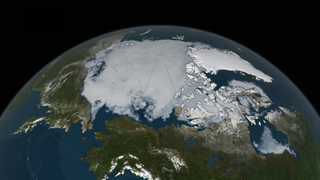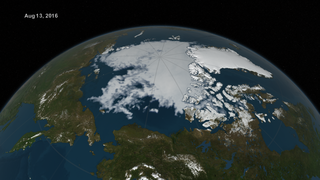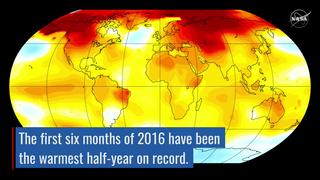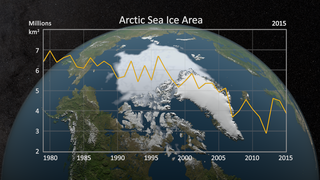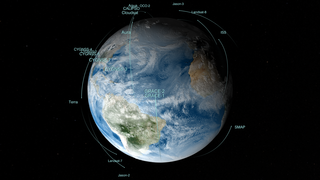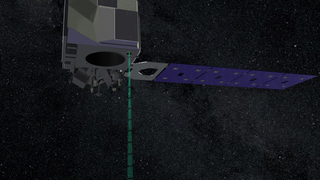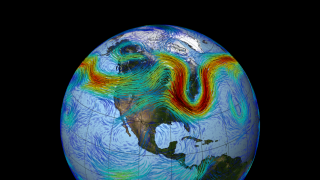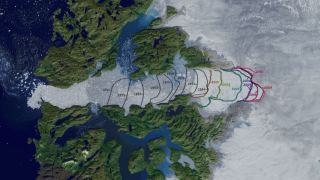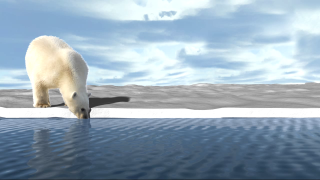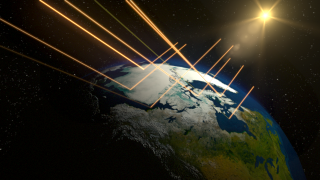2016 Sea Ice Minimum Live Shots
Arctic Sea Ice Trending Low After Record 2016 Heat
NASA Scientists Available August 19 To Show New Views Of The Arctic During Summer Melt Season
Record-breaking temperatures in the first half of 2016 have primed the Arctic for another summer of low sea ice cover. Sea ice is frozen ocean water around the polar caps that, in the winter thickens and grows and in the summer thins and decreases. Arctic sea ice is important because it reflects sunlight and keeps the Arctic region cool. Over the past three decades, Arctic sea ice has dramatically declined; making what was once extraordinary low measurements the new normal.
Join NASA scientists on Friday August 19th from 6:00 a.m. – 11:30 a.m. EDT to show your viewers new images from the Arctic, and talk about how the polar region is fairing this summer, and how long-term changes in this region could affect the way we live in the U.S.
The Arctic is Earth’s air conditioner and it helps regulate global temperatures. But the region is warming twice as fast as elsewhere in the world, making the Arctic one of the most visible signs of a changing planet.
NASA is keeping a close eye on changing conditions in the Arctic with its satellites, airborne and ground campaigns that are measuring the polar sea ice. Scientists are also monitoring the ice sheets that sit on land that are also melting at increasing rates. In 2018 NASA will launch the ICESat-2 satellite that will make some of the most advanced measurements of the polar regions ever.
** To book a window ** Michelle Handleman/ michelle.z.handleman@nasa.gov / 301-286-0918 work
HD Satellite Coordinates for AMC9-K17/Slot AB (18MHz): AMC-9 Ku-band Xp 17 Slot AB| 83.0 ° W Longitude | DL 12045.0 MHz | Horizontal Polarity | QPSK/DVB-S | FEC 3/4 | SR 13.235 Mbps | DR 18.2954 MHz | HD 720p | Format MPEG2 | Chroma Level 4:2:0 | Audio Embedded
Suggested Questions:
1. Globally it’s been the warmest year on record. What do the latest images show us about this year’s summer in the Arctic?
2. What is sea ice and why is it important to the Arctic and the Earth as a whole?
3. Do you think we’ll ever see an ice-free Arctic?
4. What about the rest of the Arctic – aren’t we seeing changes in Greenland, too?
5. Where can we learn more?
Live Shot Details:
Location: NASA’s Goddard Space Flight Center/Greenbelt, Maryland
Scientists:
• Dr. Walt Meier / NASA Scientist
• Dr. Tom Wagner / NASA Cryosphere Program Manager
• Dr. Carlos Del Castillo / NASA Scientist [Interviews in Spanish]
Video: NASA will roll all insert videos during live interviews. If needed, stations can roll a clean feed of all video at 5:45 a.m. EDT on August 18, 2016, at the above listed satellite.
Canned interviews and b-roll will be available starting August 18 at 6:00 p.m. EDT
On Twitter @NASAEarth
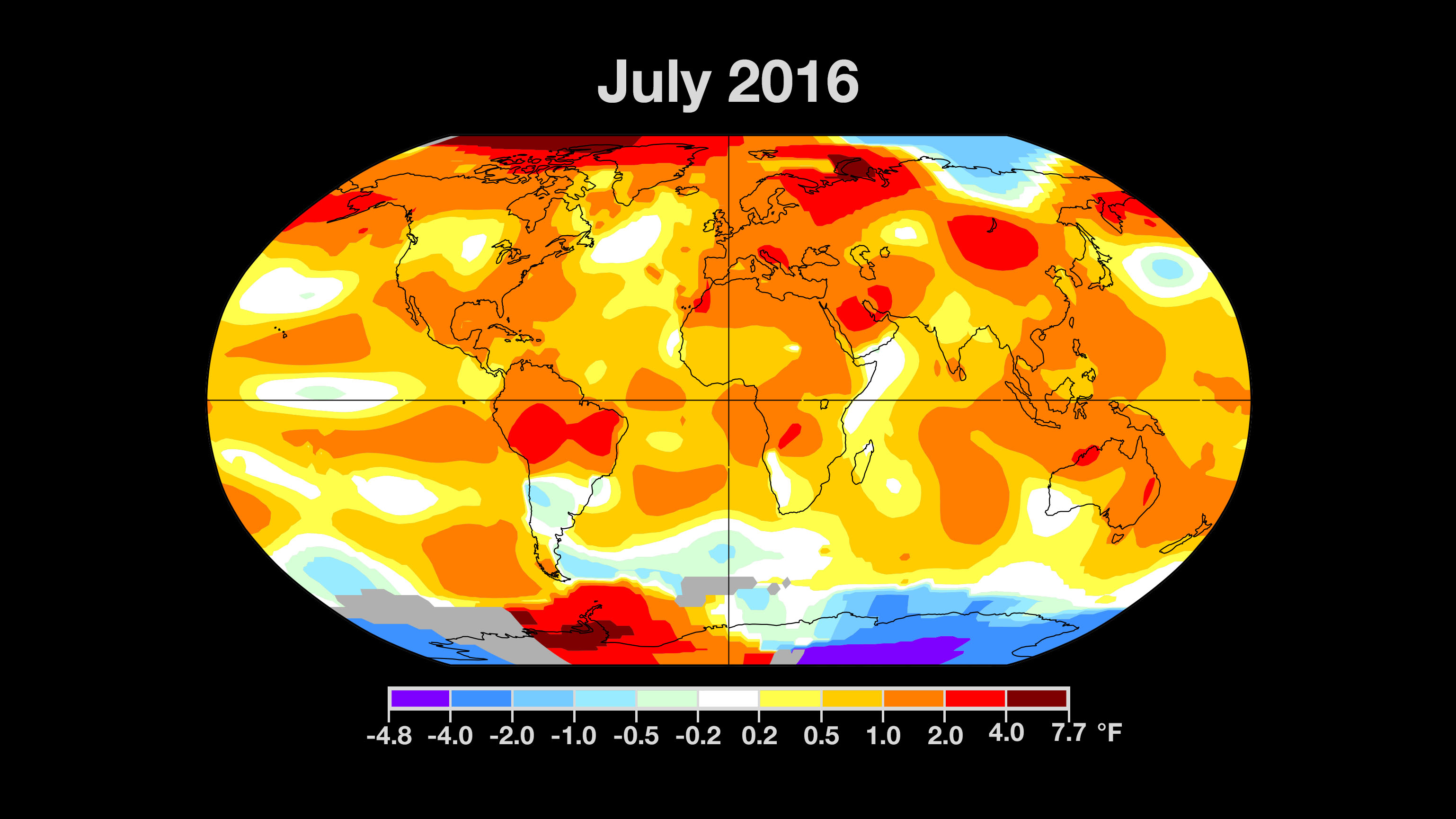
Used Elsewhere In
Related
For More Information
Credits
NASA's Goddard Space Flight Center
https://svs.gsfc.nasa.gov/12335
Missions:
Gravity Recovery and Climate Experiment (GRACE)
Ice, Cloud, and land Elevation Satellite (ICESat)
Operation IceBridge
Solar Radiation and Climate Experiment (SORCE)
Gravity Recovery and Climate Experiment Follow-on (GRACE-FO)
Ice, Cloud, and land Elevation Satellite-2 (ICESat-2)
Deep Space Climate Observatory (DSCOVR)
Keywords:
SVS >> Arctic Jetstream
SVS >> HDTV
SVS >> Sea Ice
GCMD >> Earth Science >> Climate Indicators >> Teleconnections >> Arctic Oscillation
SVS >> Climate Change
SVS >> Operation IceBridge
NASA Science >> Earth
GCMD keywords can be found on the Internet with the following citation: Olsen, L.M., G. Major, K. Shein, J. Scialdone, S. Ritz, T. Stevens, M. Morahan, A. Aleman, R. Vogel, S. Leicester, H. Weir, M. Meaux, S. Grebas, C.Solomon, M. Holland, T. Northcutt, R. A. Restrepo, R. Bilodeau, 2013. NASA/Global Change Master Directory (GCMD) Earth Science Keywords. Version 8.0.0.0.0
